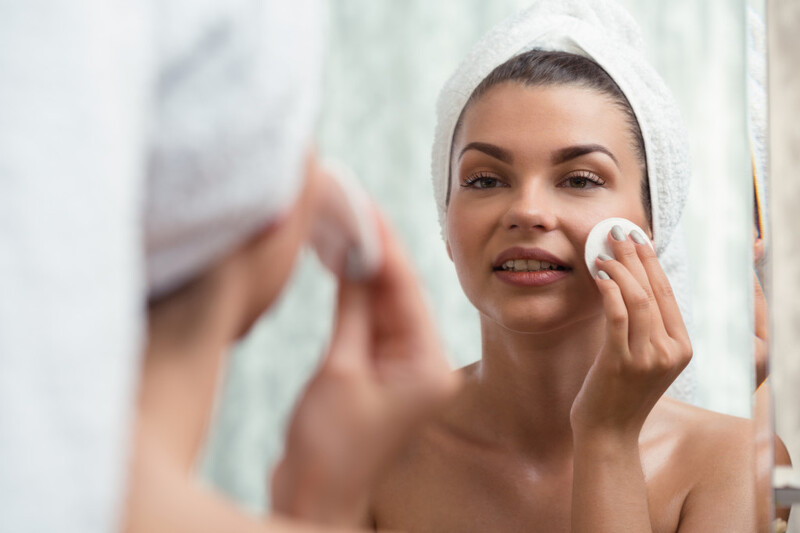How To Tell If You Have Combination Skin
Posted: August 24th, 2020
Diagnosing and Treating Combination Skin
As the largest organ, the skin is a tricky thing to keep under control. If you're struggling with your skincare routine, it maybe you're using the wrong product for your skin type. For instance, maybe you're using skincare products for dry skin or oily skin and you have combination skin. Combination-type skin is actually a mixture of both skin types on various parts of your face. Here's how to diagnose combination-type skin as well as common treatment methods.
Common Combination Skin Symptoms
There are many combination-type skin giveaways. For example, if you clean your face and within twenty minutes, different parts of your face appear oily. It's especially visible in your t-zone. More evidence of combination-type skin is that your t-zone pores are larger than the pores on your cheeks and jaw area.
Combination-type skin also changes in extreme weather conditions. During the summer and winter, you're more likely to see both oily skin and dry patches. In addition to dry patches on your skin, combination skin also makes you more likely to have dry scalp patches or dandruff.
Taking Care of Combination-Type Skin
Once you realize you have this skin type, you do have options. For one, you can clean your entire face with a gentle cleanser and follow up with an astringent on your t-zone to control excess oil. The dry parts of your face still need a moisturizer to eliminate patches.
Some skin care brands even sell products for this specific skin type. If treating combination-type skin is still difficult with over-the-counter products, try making an appointment with an esthetician or day spa for professional skin care treatment.
Don't let combination-type skin damage your confidence. With proper diagnosis and skin routine, you can eventually get clear, even skin.

